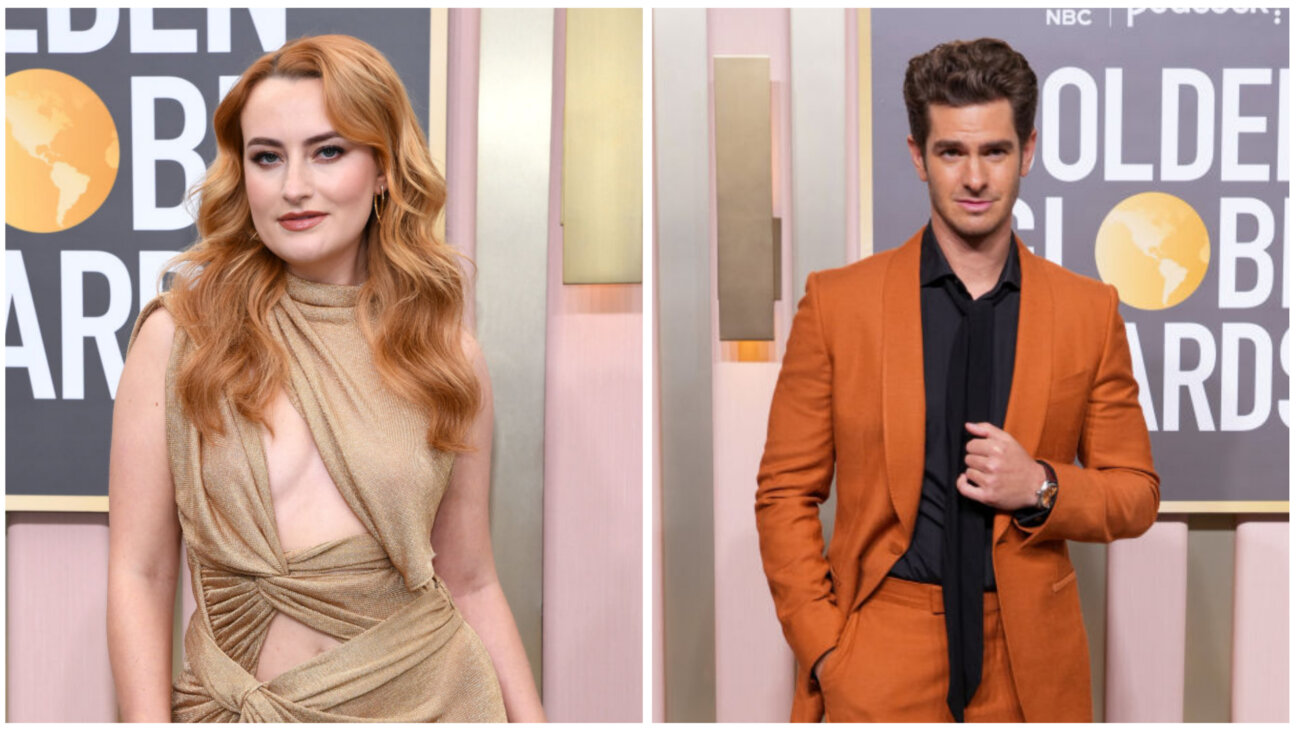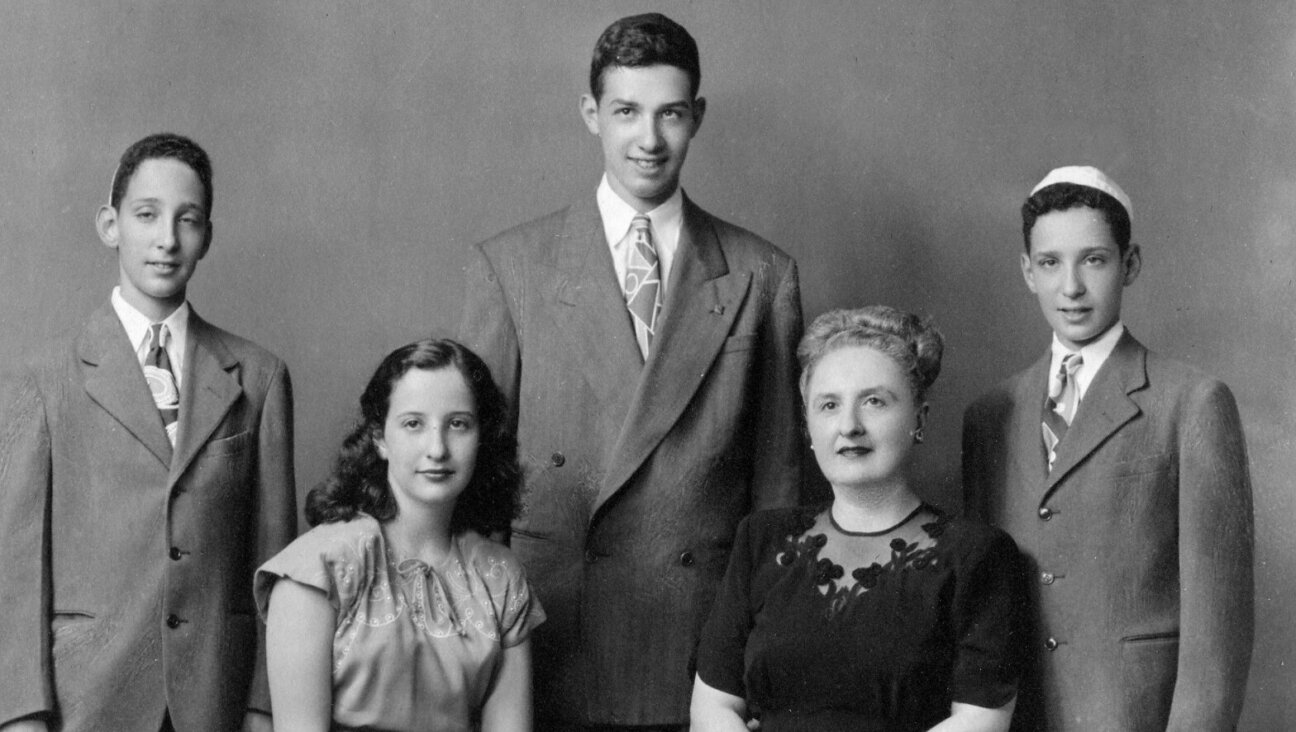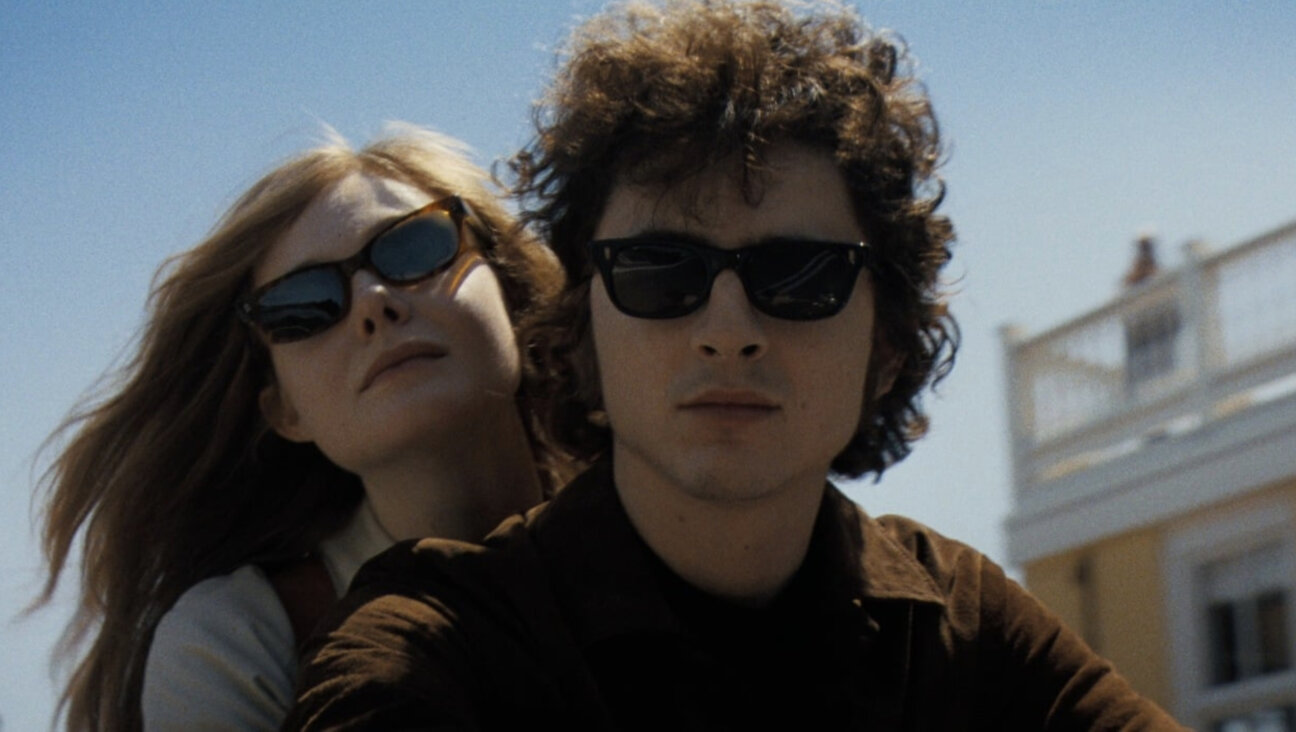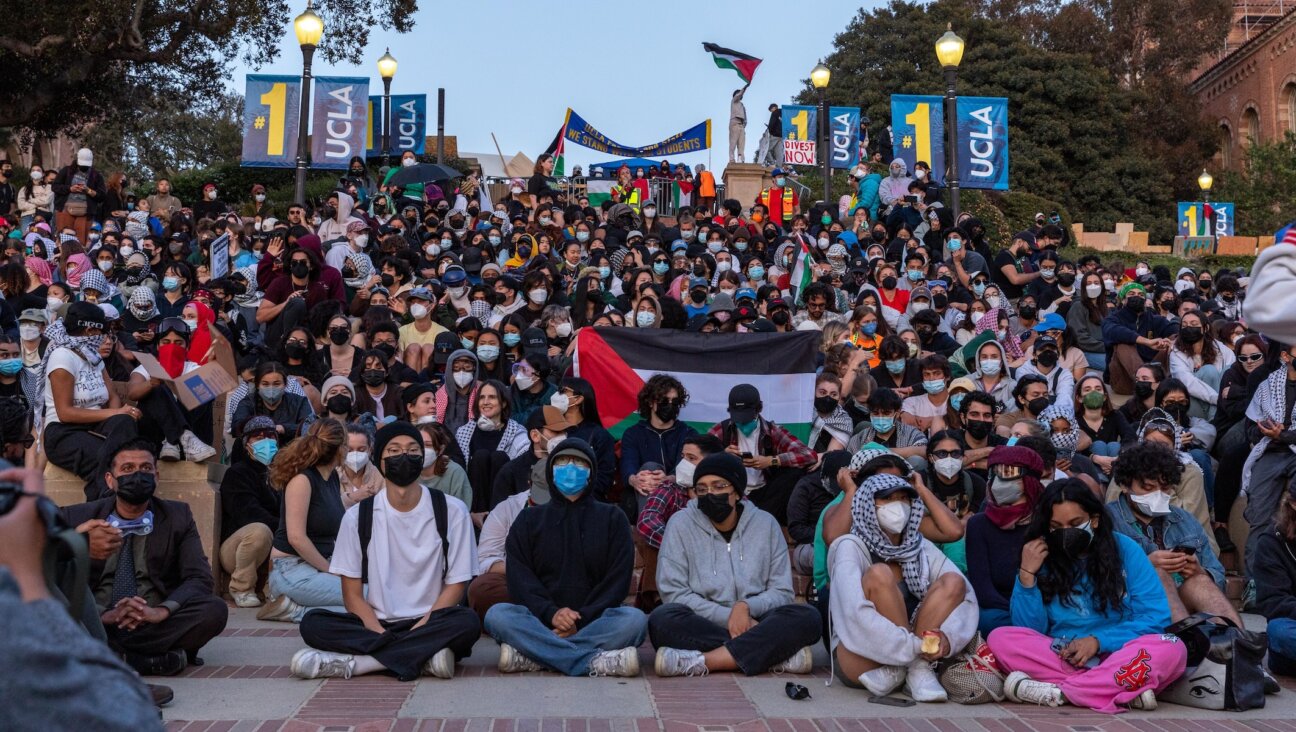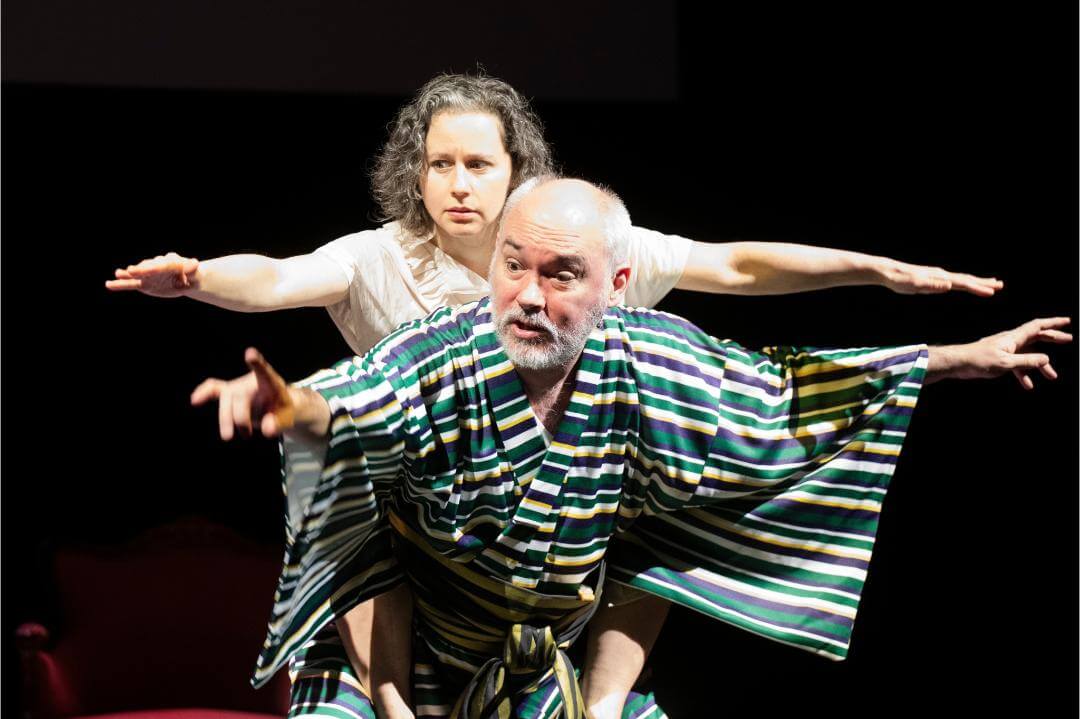When Fashion Gets Political
Photo: Pascale Richard
Journalist Jeanne Beker has shaped fashion as much as the designers she’s covered. As longtime host of Canada’s much-missed Fashion Television, her zingy runway reports and designer interviews aired in more than 130 countries; she still hosts a spinoff on a Canadian cable channel, and has opined on fashion for The Toronto Star. Now, she’s added “curator” to her resume. “Politics of Fashion | Fashion of Politics,” which she guest-curated, opens at Toronto’s Design Exchange museum this week; it’s a provocative look at fashion “as a mirror of society by highlighting how clothing has been used as a tool for communicating identity and political expression.”
With 200 pieces, from PETA t-shirts to Stella McCartney’s 2000 plastic-and-glass jacket to historic pieces from ‘60s icons Rudi Gernreich and Mary Quant, the exhibition is a provocative look at subversive clothing at a volatile time in history. Beker herself carries an especially keen sense of personal politics to the show; she’s the daughter of Holocaust survivors who immigrated to Toronto in 1948. Educated at Toronto’s Talmud Torah Jewish schools, Beker’s a mainstay on the Jewish-giving circuit, most recently as producer of a fashion-show benefit for Zareinu, a school for children with severe developmental issues. The Forward caught up with her from her Toronto home.
Michael Kaminer: The exhibition’s called “Politics of Fashion | Fashion of Politics.” How much of the political content in fashion is part of someone’s agenda, versus an accident or subconscious expression?
Jeanne Beker: That’s exactly what’s at the crux of the show. It is deliberate. I’ve worked with and interviewed designers, and covered their collections, for nearly three decades. I’ve met many who wanted to say more through their garments than just a perfect design or something that makes a woman look sexy. A lot of designers have a point of view, and want to enlighten people. It’s the power of fashion to communicate all kinds of ideas. Those can come from political beliefs and convictions. Those are the types of garments we’re featuring.
But some controversial collections, like Jean-Paul Gaultier’s infamous 1993 take on Orthodox garb, didn’t make the cut.
[Comme des Garcons designer] Rei Kawakubo also did concentration camp-type clothes. We didn’t get into that kind of controversy, though there are other controversial garments. I didn’t feel they were making those kinds of political statements, just as I don’t think Zara was making a political statement. I just hope a lowly designer wasn’t having another agenda in mind.
We did include some pieces with blatant messaging, including t-shirts and accessories from the Obama campaign. We have a wonderful sequined [Jean Charles de] Castelbajac dress with Obama’s image emblazoned on front — he made it just weeks after Obama came to power. Katy Perry wore it onstage.
Jeremy Scott’s leopard-print burqa seems especially provocative. What struck you about it?
Jeremy is very bright, and a great social commentator. And he does it with a great amount of tongue in cheek wit and humor. That collection happened at the time when people were talking about the Arab Spring. It was a spring collection, so he threw in that kind of imagery. It’s also his take on a culture and the strange fact that women are being covered up at time when in other parts of the world, they’re celebrated and so out there. It’s a comment on human/social interaction as well as strong political messaging.
Which piece in the show is the most significant?
There are so many. But the things I grew up with resonate. There’s the mono-kini, Rudi Gernreich’s [topless] bathing suit that pushes the parameters of propriety. Margaret Trudeau gave us her wedding gown. She married [former Canadian Prime Minister] Pierre Elliott Trudeau in 1971. People in my generation were shocked to see that 22-year-old flower child in this homemade wedding dress with a hood. I got married a couple of years later, and got married in a similar dress. It left a poetic impression on me. And there are great paper dresses from the late ‘60s. The Scott paper company did it as an ad gimmick, but it really caught on. That was around the time I started to wake up to the world.
In the context of the show, do you think designers are seers?
Designers are very plugged into cultural zeitgeist of society. Sometimes unconsciously, something seeps in. But it’s often something quite conscious.
I saw a show as well on the eve of 9/11 from a wonderful Spanish designer named Miguel Adrover. He always worked very strong social commentary into his collections. He was making recycled trench coats out of Burberry trench coats, using LV monograms, and doing strange things at time when not many designers jumped on that bandwagon. Anyway, on the eve of 9/11 I was at a fashion show of his with women in burqas and goats on the runway. It was such a strong statement on Arab culture. The next day, the planes hit the buildings. It was almost some kind of harbinger of things to come. He must have felt something in the air.
There’s a small fashion industry in Israel — have you noticed any especially provocative clothing from there?
No, but I haven’t studied it in that way. We did a special in Israeli fashion about 15 years ago, where I met some exciting young designers. But they were much more concerned about getting into the fray and doing clothes that were fashion-relevant rather than anything going on in the world around them. At the time, their minds were on the globalization of fashion, and whether clothes could be distinctly Israeli. But their design talents were obviously so strong and sophisticated.
We’re having this conversation not long after Zara pulled a t-shirt that some said resembled concentration-camp clothing. How does that connect to the themes of the show?
I was incredulous. When you think of all the different checkpoints that a garment goes through, all of the people who approve each piece of clothing, they’re saying no one saw a red flag? I don’t buy it. I’m in the shmatte business. I have my own clothing line. They’re obligated to donate a big whack of dough to a Holocaust education fund, especially if they can’t remember what this conjured up.
Is the show a rejoinder to people who think fashion’s lightweight?
That’s hitting the nail on the head. There are designers who not only want to make the world more beautiful, but more insightful and thoughtful. They want to impart something beyond mere decoration and beauty. For so long, especially in the early days, when I did my show in the mid-‘80s, we were dismissed as shallow — “Oh, it’s just fashion.” True, fashion’s never going to cure cancer. But it can communicate a lot about us. It tells the world who we are, and tells us about ourselves. I always say fashion is the one creative decision everyone gets to make, every day.
A message from our Publisher & CEO Rachel Fishman Feddersen

I hope you appreciated this article. Before you go, I’d like to ask you to please support the Forward’s award-winning, nonprofit journalism during this critical time.
We’ve set a goal to raise $260,000 by December 31. That’s an ambitious goal, but one that will give us the resources we need to invest in the high quality news, opinion, analysis and cultural coverage that isn’t available anywhere else.
If you feel inspired to make an impact, now is the time to give something back. Join us as a member at your most generous level.
— Rachel Fishman Feddersen, Publisher and CEO











